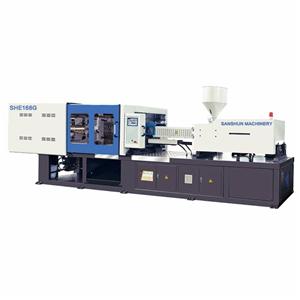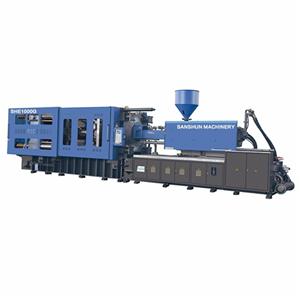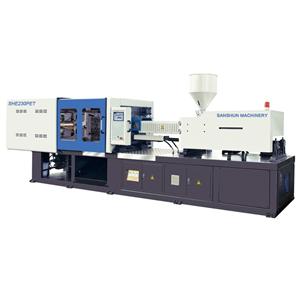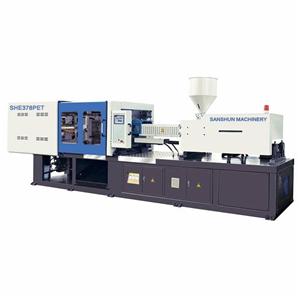- Home
- >
- News & Resources
- >
- Our Blog
- >
- Key points of heat-resistant ABS resin injection molding
Reducing the internal stress of the product is the key to heat-resistant ABS injection molding. In this paper, I share the main points of the processing of heat-resistant ABS resin from five aspects: mold design, material drying, molding temperature, holding pressure and time, and mold temperature.
The heat resistance of ordinary ABS is not good enough. Now, a series of heat-resistant ABS resins have been developed by adding heat-resistant agents such as fluorene-methyl styrene copolymer and N-phenyl maleimide copolymer. ) Is 90-120 ° C. For example, Shanghai Kumho Riley's Economic & Easy series of heat-resistant ABS resin can meet the needs of heat resistance at 95-109 ℃, and can be widely used in small appliances such as microwave ovens, rice cookers, electric heaters and hair dryers; more High heat-resistant series products, heat-resistant 109-120 ℃.
Because the molecular structure of heat-resistant ABS contains highly rigid benzene rings and N-phenyl groups, at the same time, heat resistance is increased, and the steric hindrance effect of the molecular chain is also increased. The relaxation rate of the molecular chain is reduced, and the product is easy to make. Excessive internal stress causes defects such as stress cracking, stress whitening, and brittleness of the product. Therefore, reducing the internal stress of the product is the key to heat-resistant ABS injection molding.
These are the basic key points about the ABS material which widely used for manufacturing Heat-Resistant plastic products.
In our next study we will discuss about the factors which must need to check for any ABS product.







